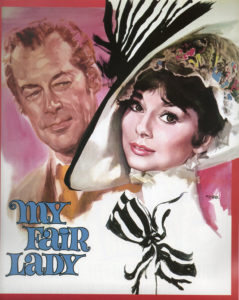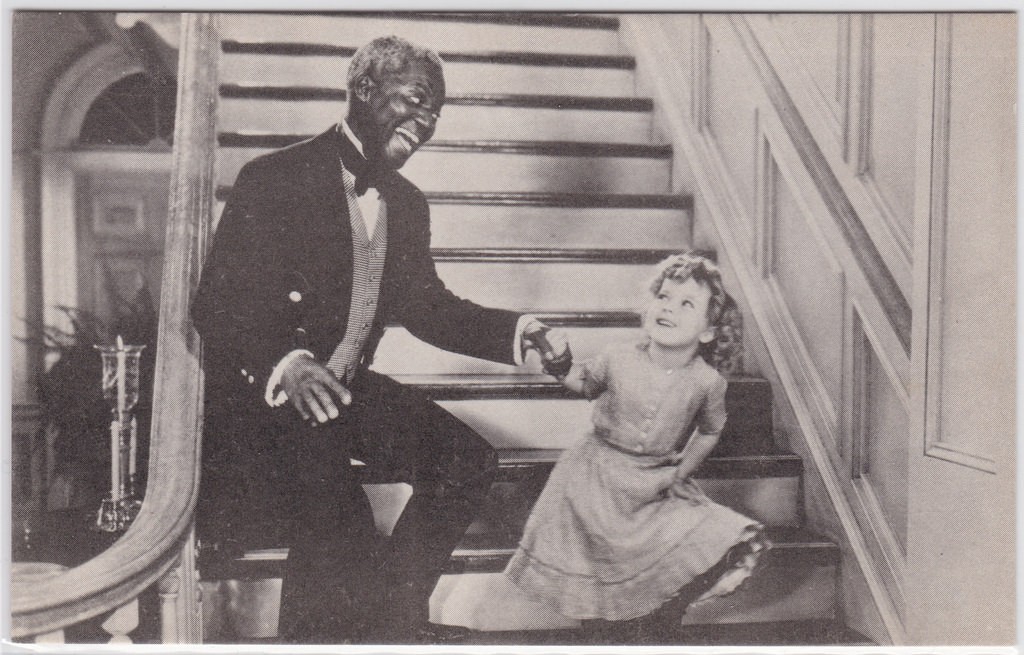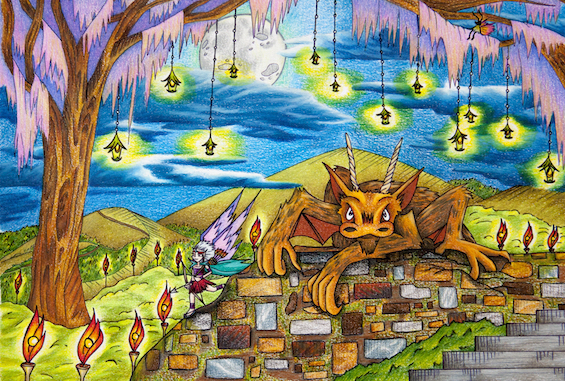
A to Z Challenge: D is for Dialogue : Writing Dialogue That Works (Part 2)

How to Make Your Characters Say Some Amazing Things
 Dialogue is something so necessary in storytelling, it’s worth making sure what you’ve written is the best it can be. There are several things to keep in mind when writing or revising your story’s dialogue.
Dialogue is something so necessary in storytelling, it’s worth making sure what you’ve written is the best it can be. There are several things to keep in mind when writing or revising your story’s dialogue.
The first is having too much description in dialogue: information that would be better left in the narration (See Part One for more information by clicking on the link above).
The next issue to look out for is: making sure the dialogue matches the character’s age, class in society, where they come from, etc.
It’s not always easy to stay true to a character’s background. This is why knowing your characters inside and out will help you bring them to life in your writing. How would my character relate to the world and the people in it? How do their past experiences shape who they are today and how they speak? Did they come to America from another country, only knowing very basic vocabulary from the English language (see my post on Continuity in Writing)?
These are often things that would help shape how a person communicates in society, and can paint a better picture of the character for your readers. The key is to decide, early on, how you want your character to speak and then remain consistent.
Dialogue can be an amazing thing. In just a sentence or two, your reader can get a clearer picture of who a character is and how they are going to fit into the story. Sometimes, dialogue can evolve throughout a story too.

Think of the movie, My Fair Lady, where Eliza Doolittle is a flower girl with a Cockney accent at the start. She is soon discovered and taken under the wing of Henry Higgins, a professor of phonetics, who believes he can shape Eliza into a proper English-speaking lady, able to be introduced into high society. Eliza’s dialogue needed to vastly change throughout the movie, but for this story, that was the whole point and the fun is in listening to her progress in the dialogue.
On the other hand, if your character is someone from Japan who is new to America, just learning the English language, having that character speaking fluent English within the dialogue scenes, wouldn’t make any sense.
The character’s English could improve throughout the book—those changes would even add to the realness of the story—but it shouldn’t start that way. Especially, if it has been said that the character is new to the English language. These details will only seek to enrich the quality of your writing when they are done well.
Likewise, if your character is a child of five and they are using more advanced words than your everyday five-year-old could hope to know, it will make your reader pause and draw them away from the flow of your story—never something you want to have happen.
An exception to this would be if the five-year-old is a precocious, gifted child, who is well read and versed in the language. This is not often the case for most stories with children. If it is in your particular story, those details should be apparent in the description of the child. This way, the reader has a fair picture to go off of and they know your character is an exception to the general rule.

The beauty of dialogue in writing, is the fact that it helps your readers distinguish between characters. Many times, the reader won’t even need voice tags to know who’s talking. This is because of how they talk.
One of your characters may be quick witted, while the other is more soft spoken, so in an instant we know who is speaking in the scene.
I’m going to leave you with a bit of my own flash fiction to read. See if you would be able to tell the difference between Beatrice and Abby’s characters, even if the dialogue tags weren’t there. Why? What makes them different?
“Abby, you let him walk all over you!” Beatrice said, putting a healthy slab of butter on her scone.
“It’s not like I try to. It’s just, Sam always has logical explanations for why he does things the way he does, and I don’t see a way to challenge them,” I continued to stir a cube of sugar into my tea that had dissolved into the amber liquid minutes ago; my tea now growing cold.
“That’s just what he wants you to believe. Ah!” Beatrice threw her hand up in frustration sending a shower of crumbs onto the floor. “How can I make you see, he’s got you backed into a corner! You’re better than this! You’re better than him.”
“You know, I can’t leave.” Beatrice knew the underlying meaning to that statement.
“I don’t know. I don’t see a problem with leaving. In fact, I think it’s the best idea you’ve had all morning.” She bit into the scone that was now more butter than bread and I had to look away.
“What about Ben? He needs both of us. I can’t do that to him. I can’t split us up like that,” I said, losing my nerve. Even the thought of leaving Samuel sent my stomach into a whirl of nausea and pain.
“Ben needs two parents that are happy and that make him happy. It won’t matter if you both live under the same roof.”
I sipped my tea, looking for a way to escape this subject. It wasn’t as though this conversation hadn’t played out many times before, and I was growing tired of the subject.
“How’s Aidan?” I asked.
“I see what you’re doing there…and for now, I’m going to let you,” she pushed the last piece of scone into her mouth and washed it down with a gulp of black coffee. The smile that spread out beneath the rim of her cup was unmistakable. Beatrice placed her drink down, still holding onto the smooth porcelain for warmth, “He’s dreamy.”
There it was: Beatrice was in love. Subject changed.






6 Comments
Bhawna Saini
another good one from you! I’ll keep coming back for these writing tips!
@bhawnasaini_yml from Yellow Mellow Life
JHWinter
Thank you Bhawna! I am happy to see you keep coming back. I look forward to sharing more tips with you!
Francis H Powell
Nice useful post
JHWinter
Thank you! I’m glad you liked it 🙂
commonweeder
This is an excellent post. The difficulties of having realistic dialogue coming out of different characters mouths is one reason I write non-fiction. Thanks!
JHWinter
What sort of non-fiction do you write? I plan to write how-to crochet amigurumi books in future, so I’ll be tapping into my non-fiction writing skills. I have always stuck to Fantasy for Middle Grade and Young Adult audiences thus far. Looking forward to branching out!